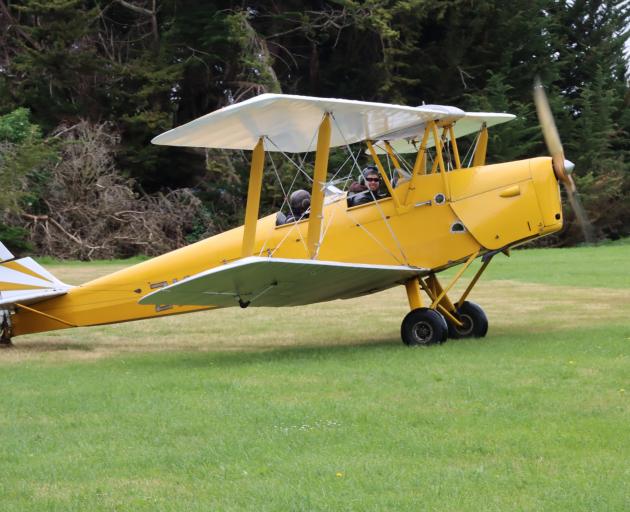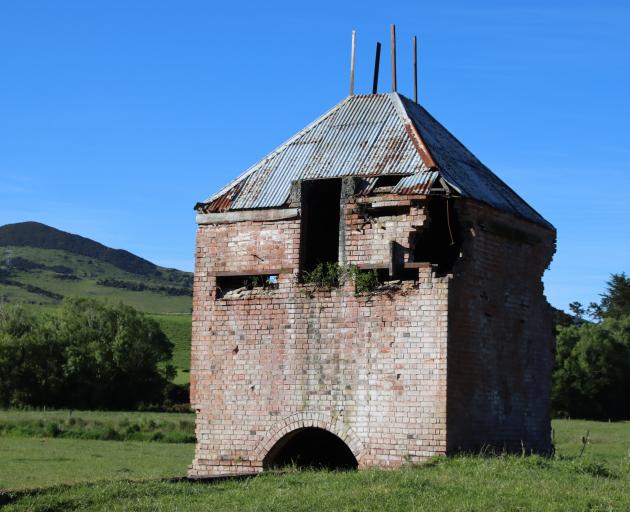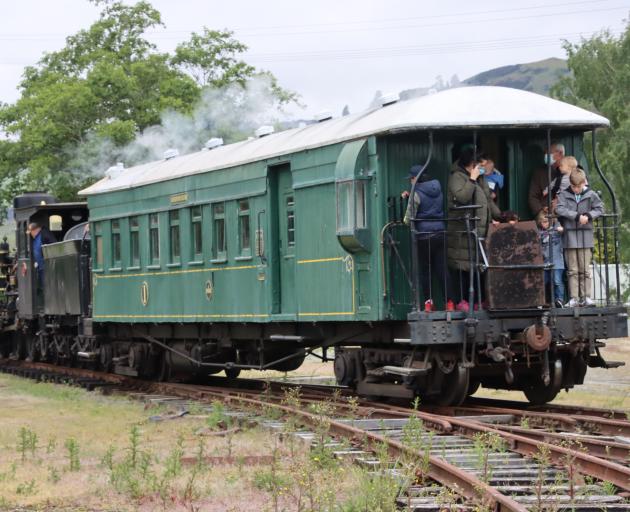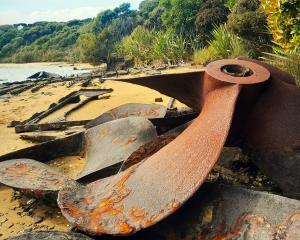
Mandeville is a picturesque town on State Highway 94, about 10 minutes from Gore, that boasts a cafe, aviation museum, art gallery and gift shop set in a tree-lined park.
Its location makes it an easy day trip from Dunedin or Invercargill and everywhere in between.
It is also on the route to Queenstown.
Although a hotel was built at the site of the town in the 1870s to provide shelter for travellers, among them those on their way to the Waikaia and Nokomai goldfields, Mandeville owes its existence to the railway.
The Waimea Plains Railway Company started building a private railway line at Gore in 1879.
The directors were also part of the New Zealand Agricultural Company, which owned the land from Gore to beyond Garston.
The company planned to subdivide the land, sell it to farmers and then use the railway line to service the area.
The directors named the town Mandeville and a station was built there.
The surveyor who laid out the town had grand plans for its growth and surveyed 18 streets, which were given names including Buffalo, Dakota, Carolina and Ohio.
By 1900 the town had a hotel, grocers, a butchery, a school and a flour mill.

Nowadays the 30 or so houses in the town are mostly found beside the state highway.
Two main buildings in the town house the Croydon Aviation Heritage Centre and an art galley featuring local artists.
The second building houses the cafe and gift shop.
The centre contains aircraft mostly from the 1920s and 1930s and includes the largest collection of de Havilland vintage aircraft on display in the southern hemisphere.
Visitors can also enjoy a flight in a Tiger Moth aeroplane.
There are other attractions to entertain visitors to the town.
Once a month during summer the Waimea Plains Railway Trust members start up the Rogers K92 locomotive and give passengers a ride in the carriage it pulls along about 400m of track.
The trust has plans to build a heritage rail precinct on the site, which would include about 2.5km of rail track.
In 1996, when the trust was formed, a goods shed was the only remnant of the station’s former days, but members believed Mandeville was the best place to recreate a heritage site because of its location.
The Croydon airfield provides a landing site for small aircraft.

For those wanting to extend their stay to longer than just a day trip, Taylors Park on
the outskirts of the town allows one overnight stay a month for self-contained vehicles.
The Otamita Stream near the town is a good place to fish, as is the Mataura River slightly further away.
Maeva Smith has lived in Mandeville most of her life.
Its location meant residents had the "best of both worlds", Mrs Smith said.
"It’s a rural lifestyle that is close to a town."
The climate was different from that of Riversdale, about 10 minutes up the road.
"The weather is a little microclimate because of the effect of the Hokonui Hills, which stops the southerly weather.
"Therefore [here] is drier, warmer and less windy."
It was a good site for the airfield, which ran east to west and allowed planes to take off with the prevailing wind.











